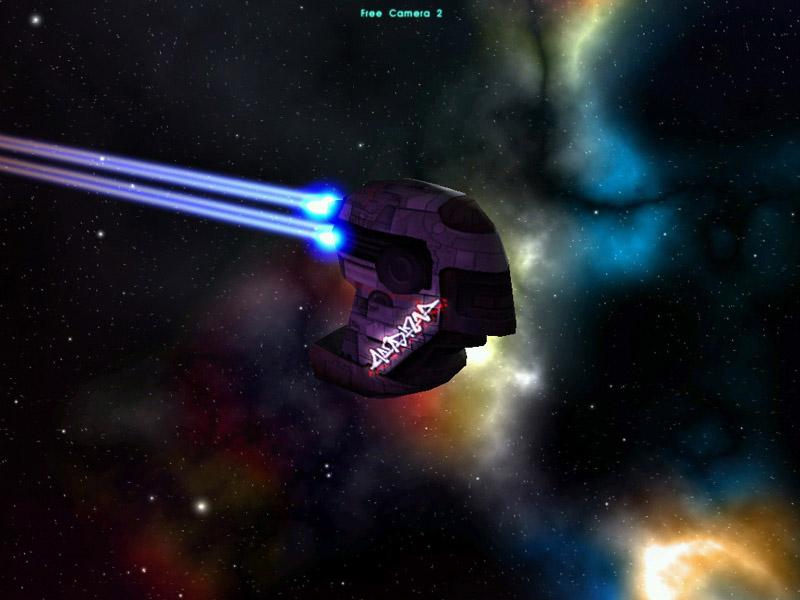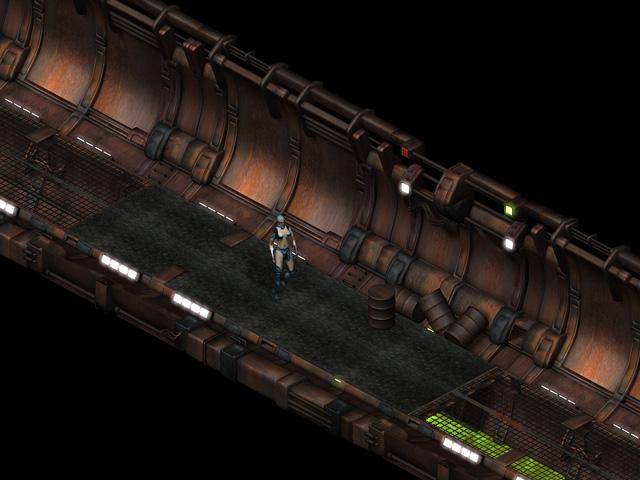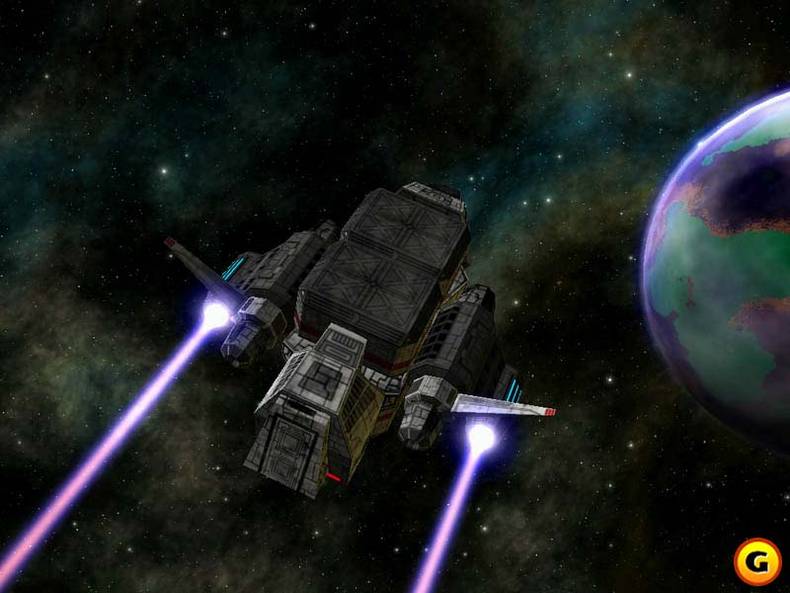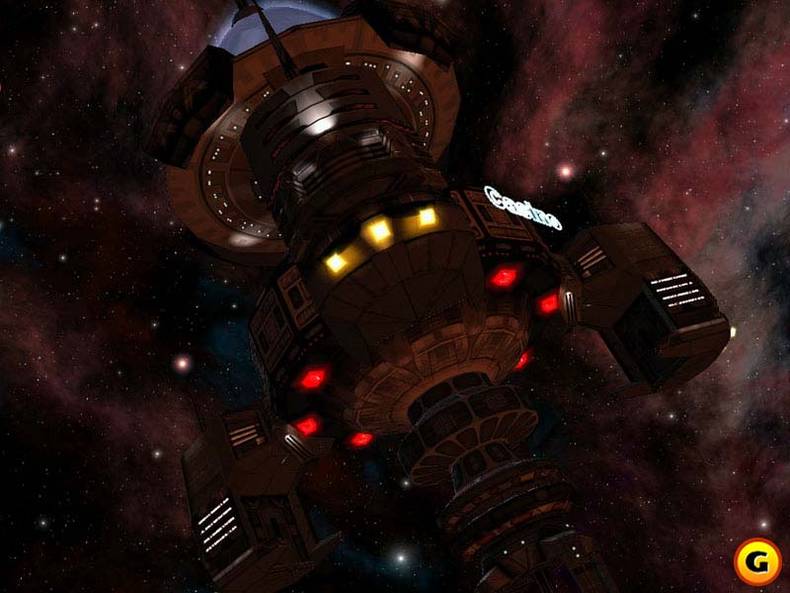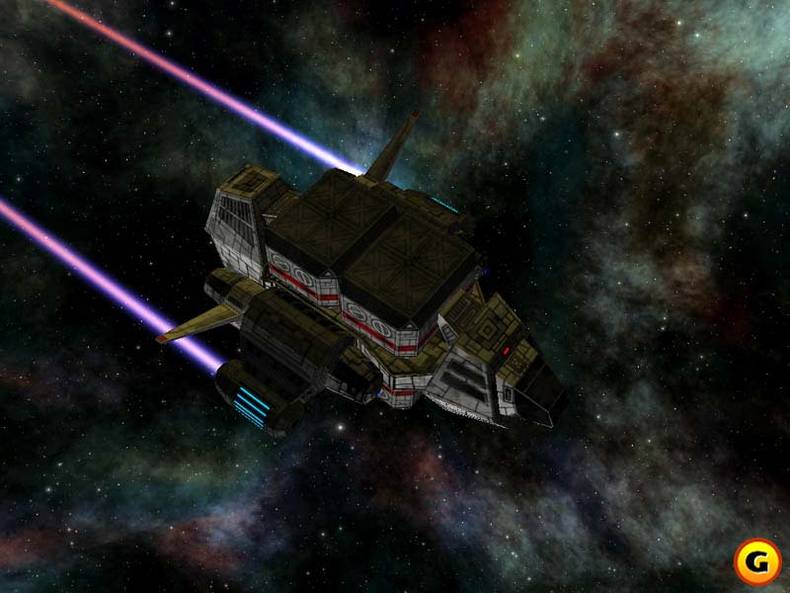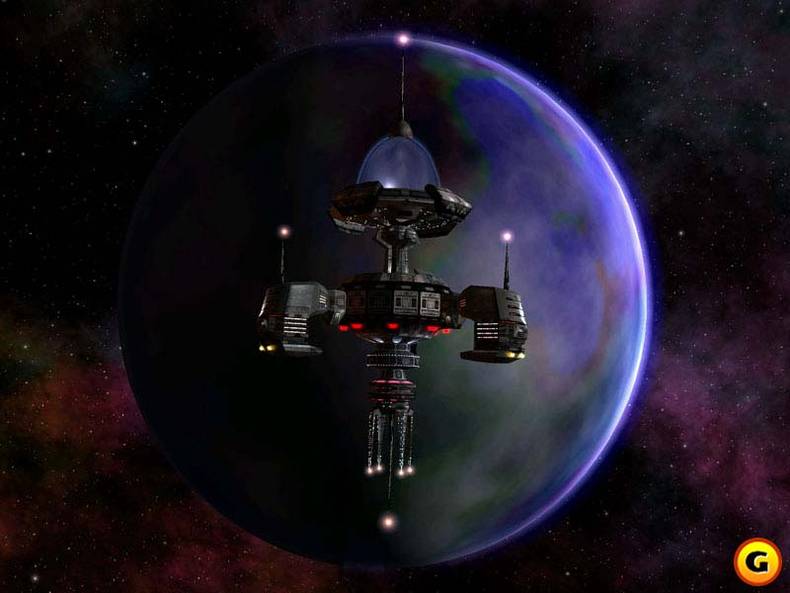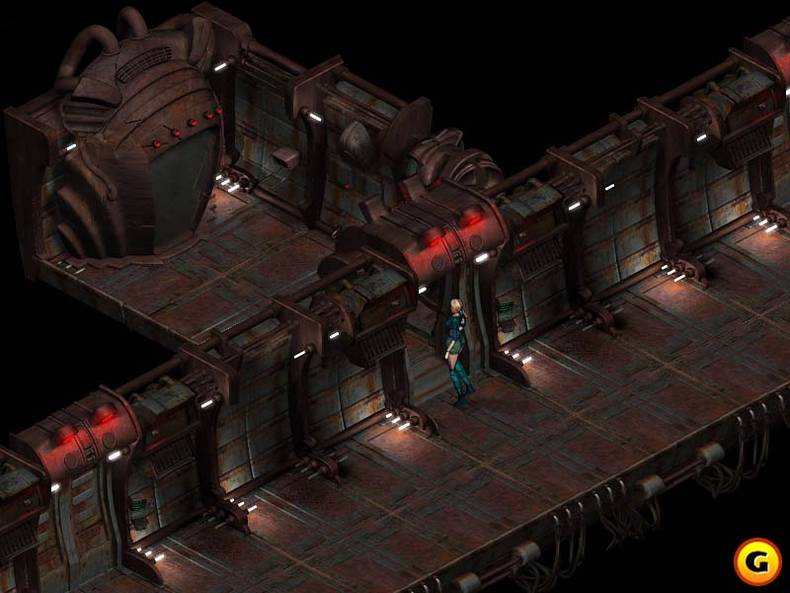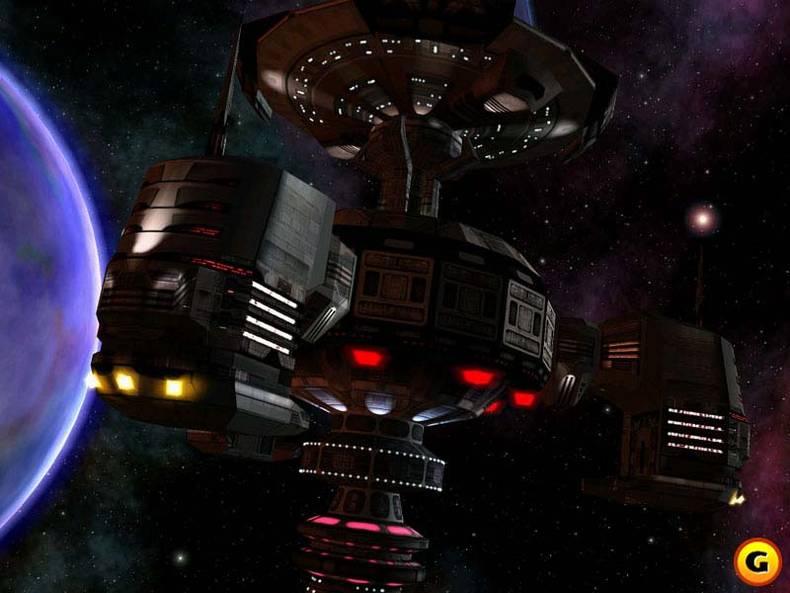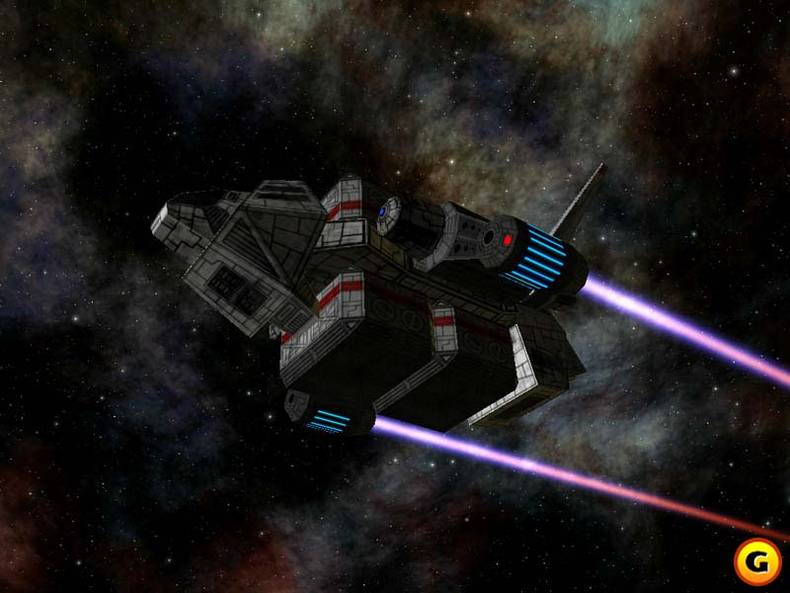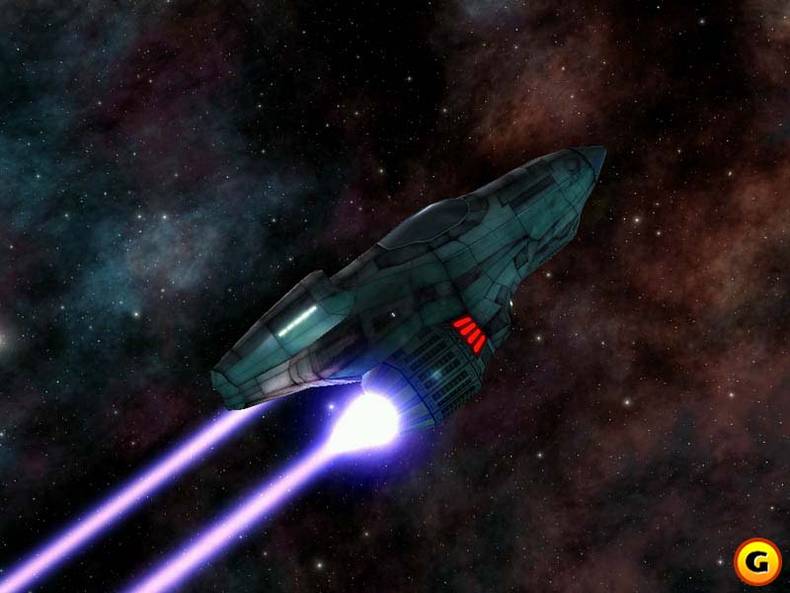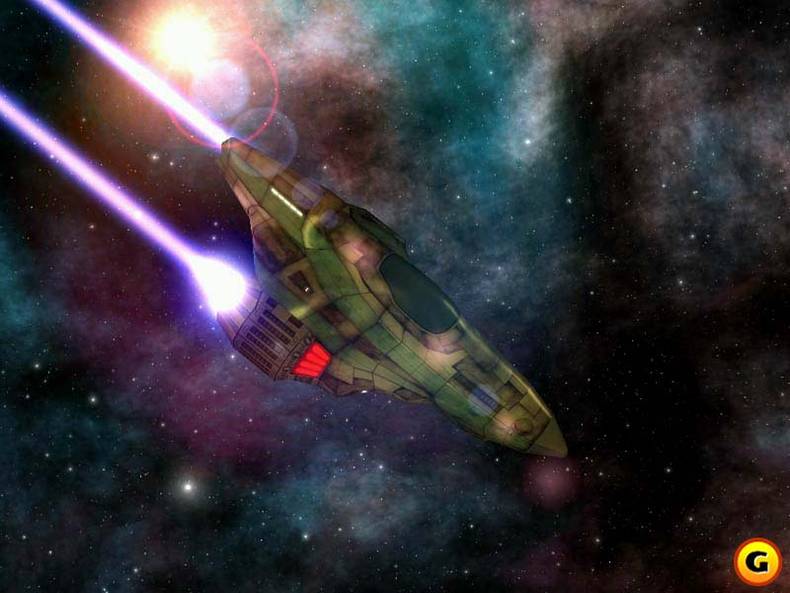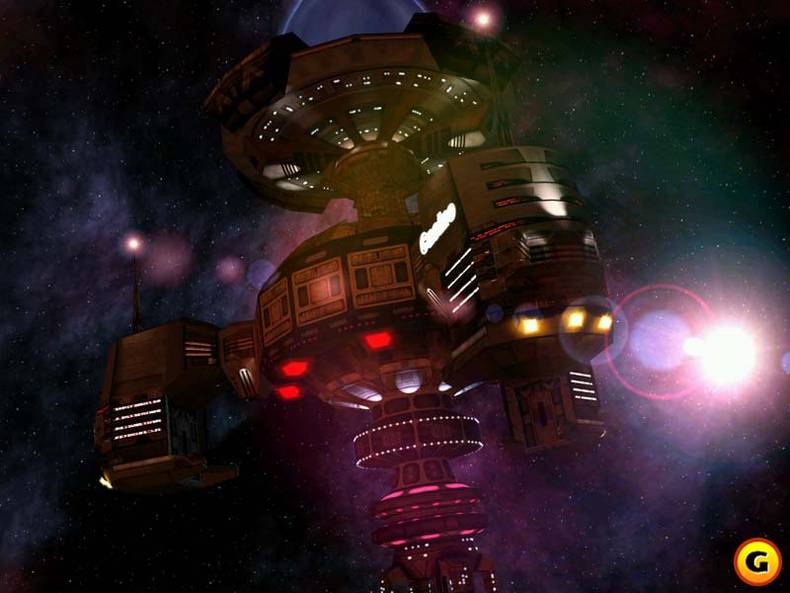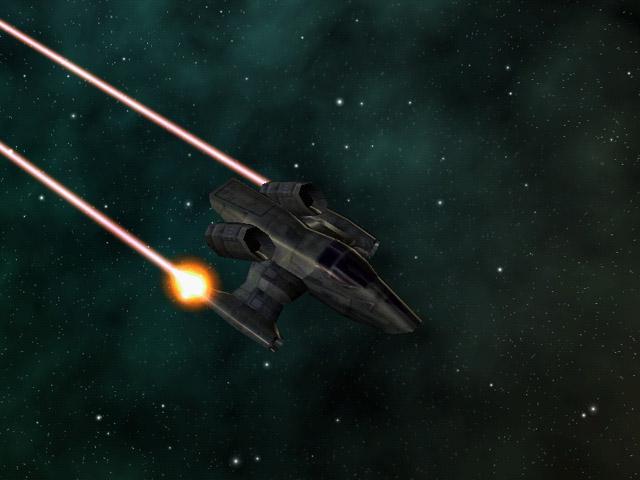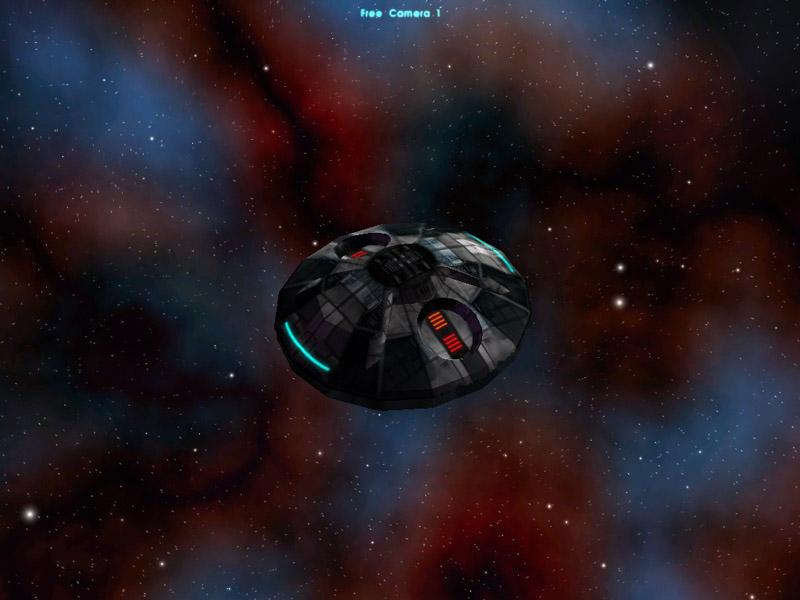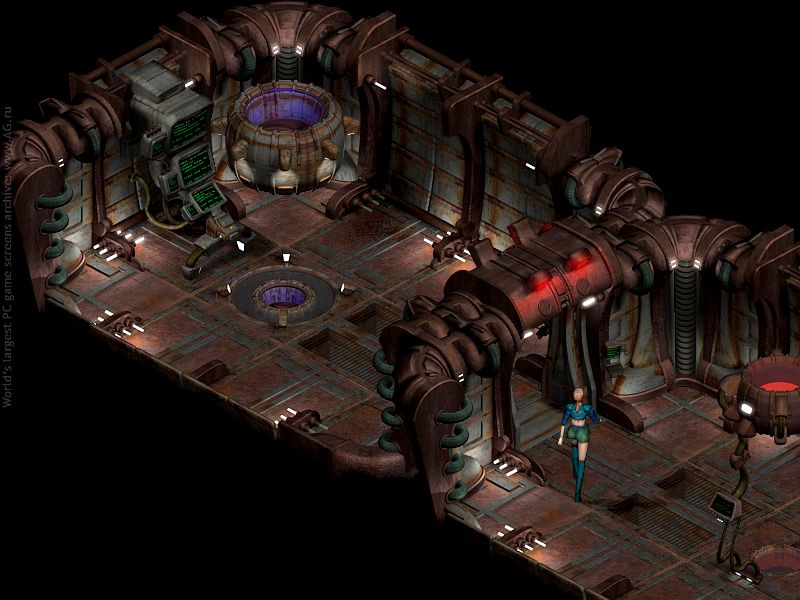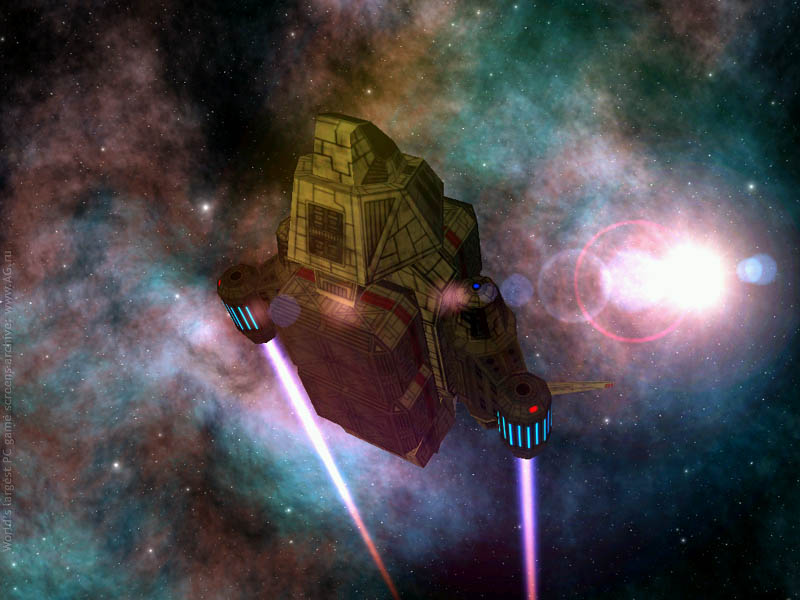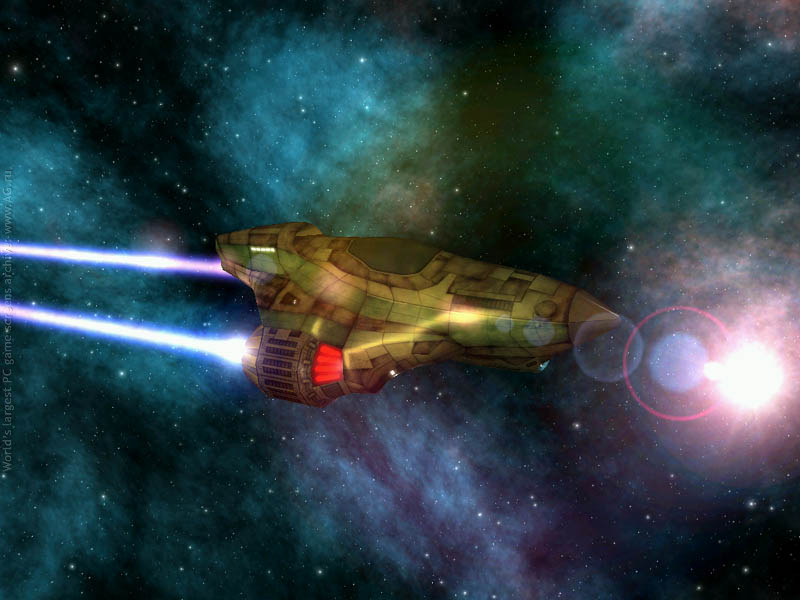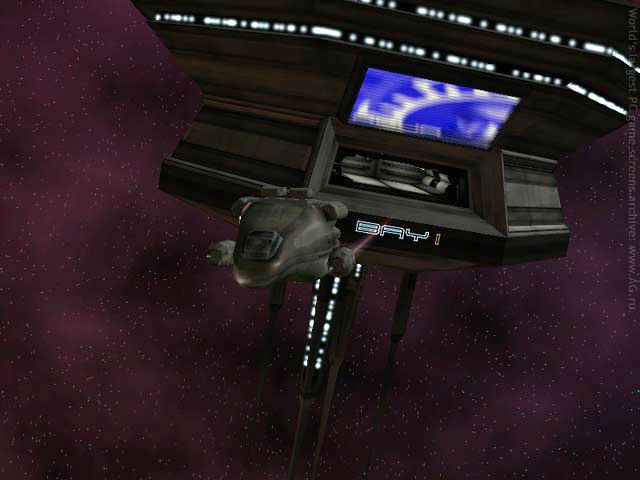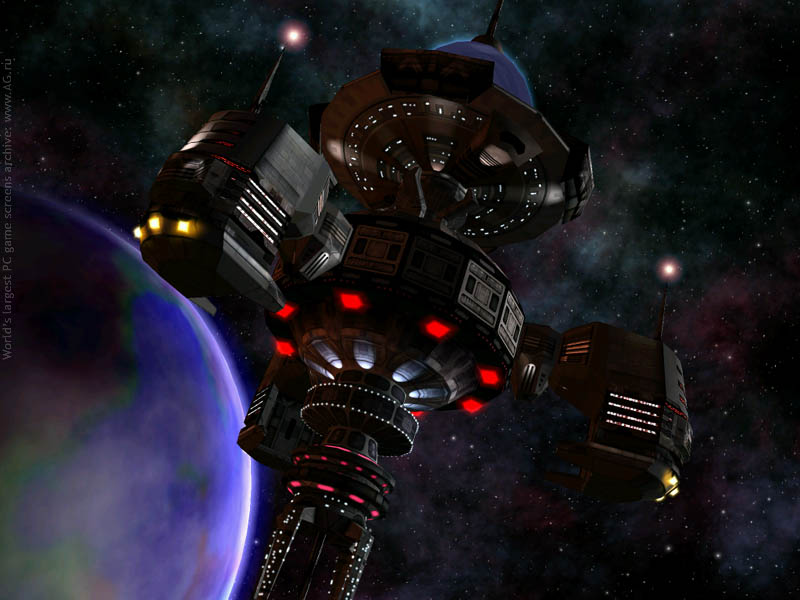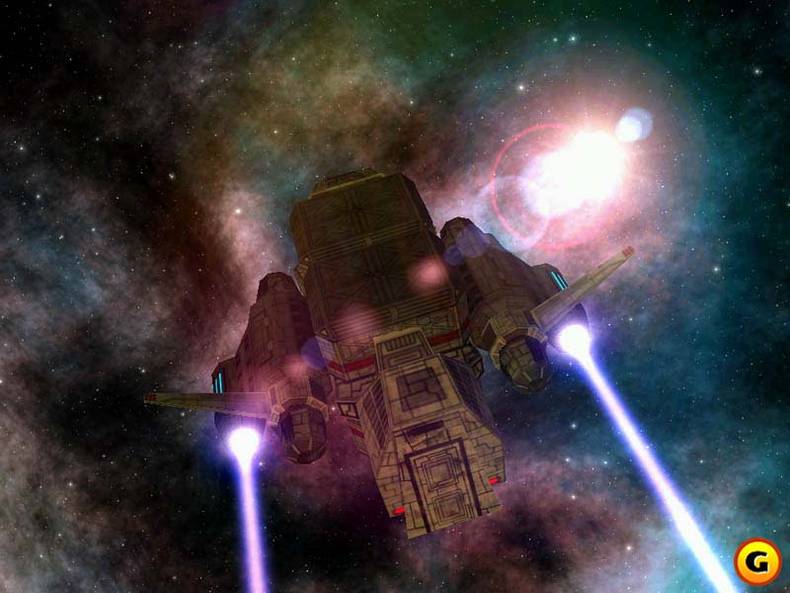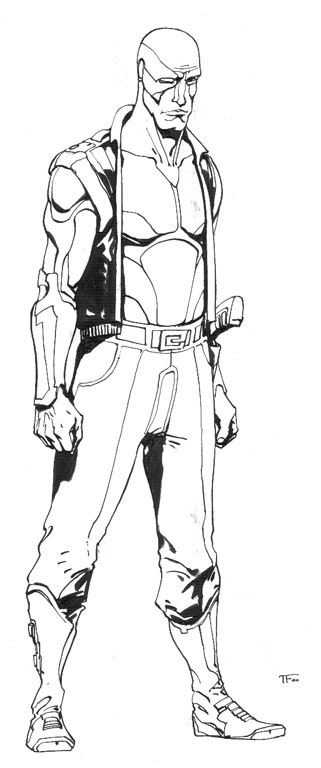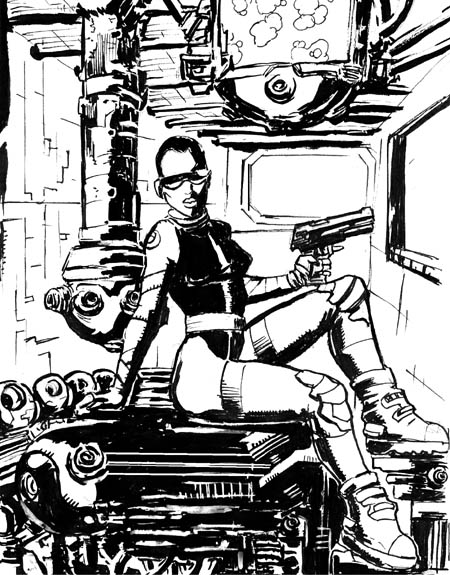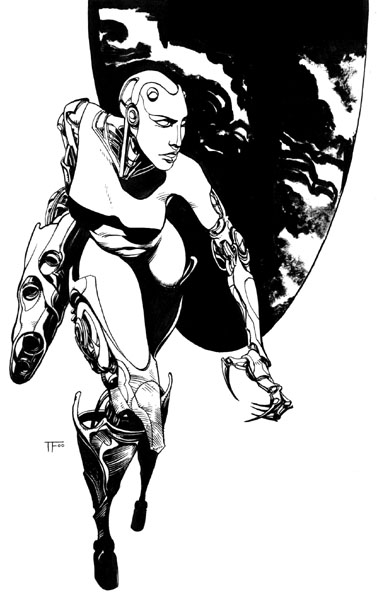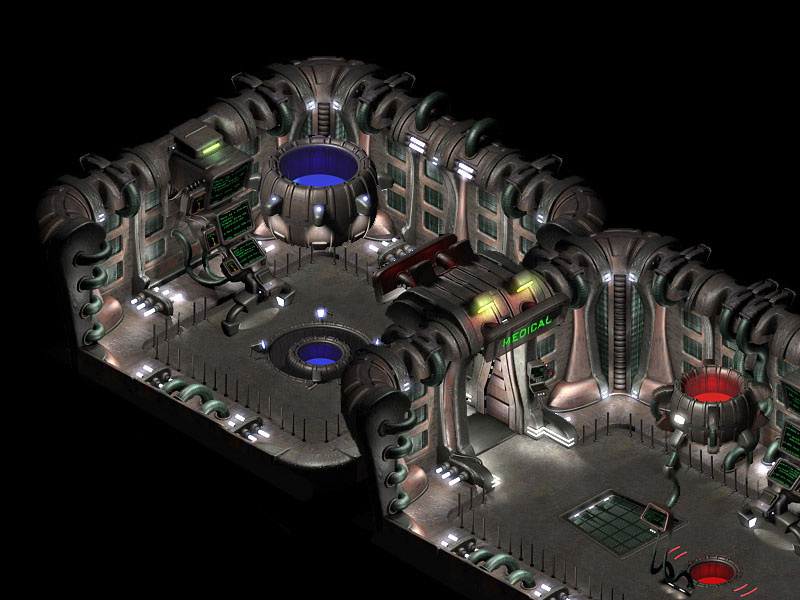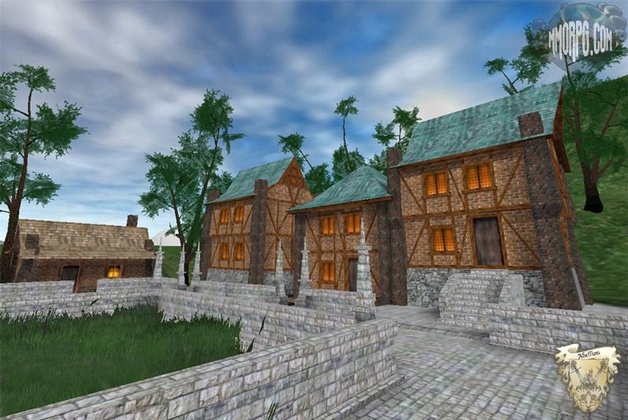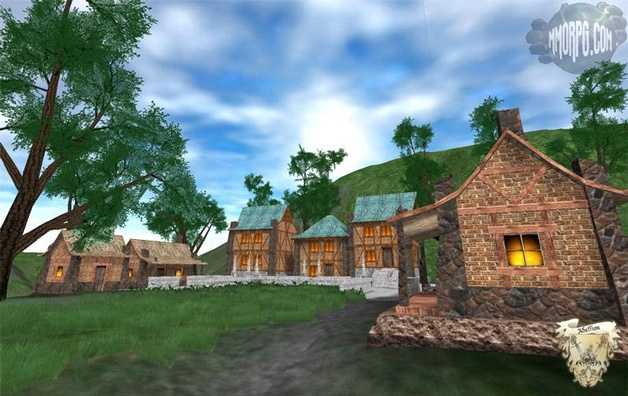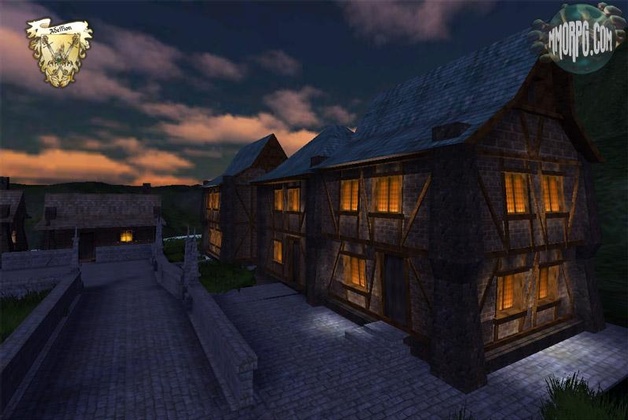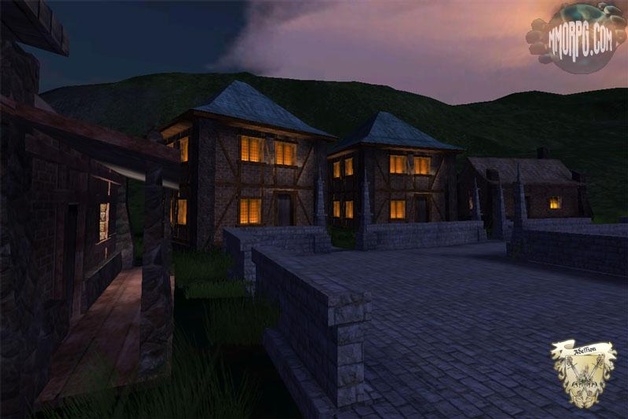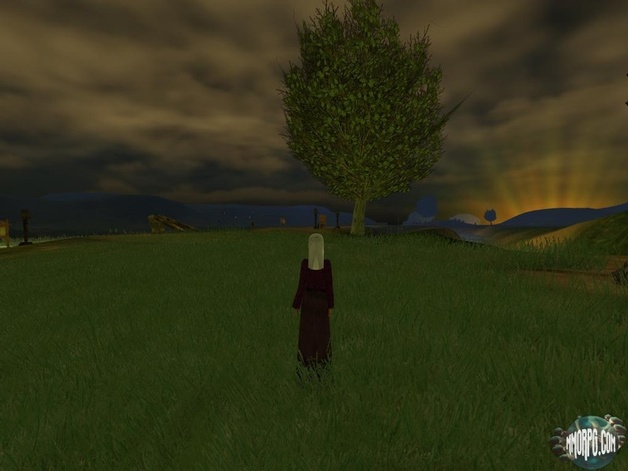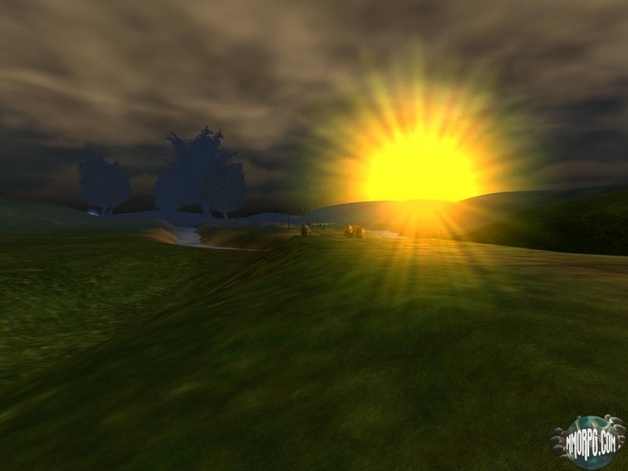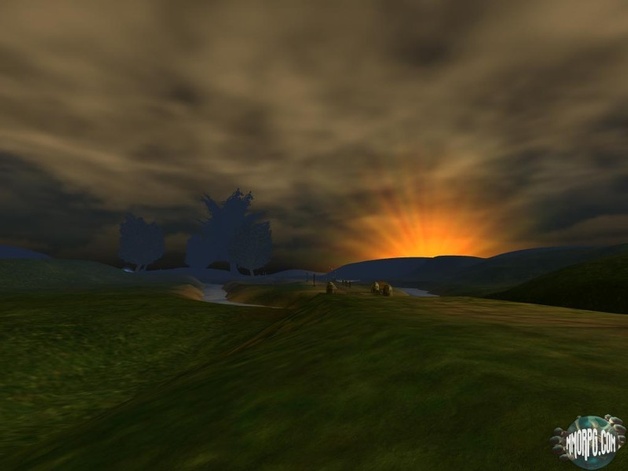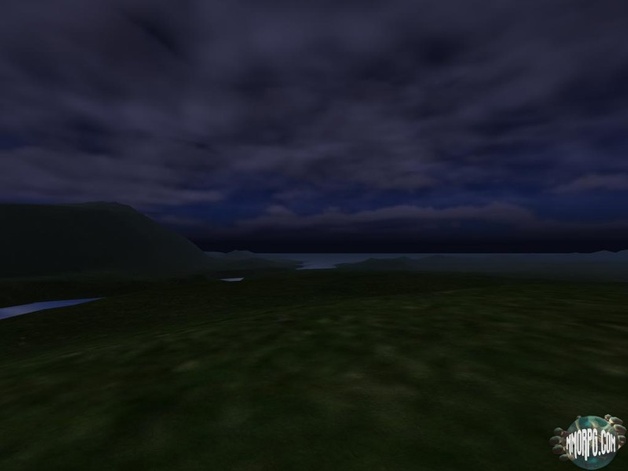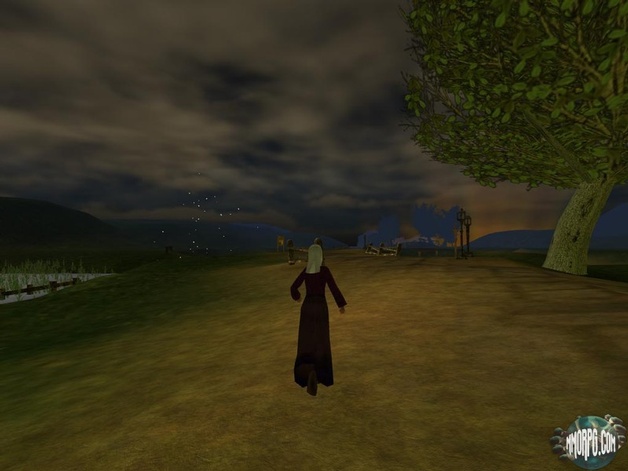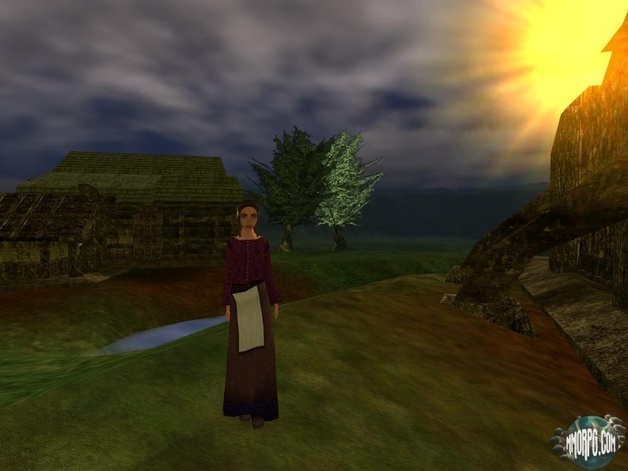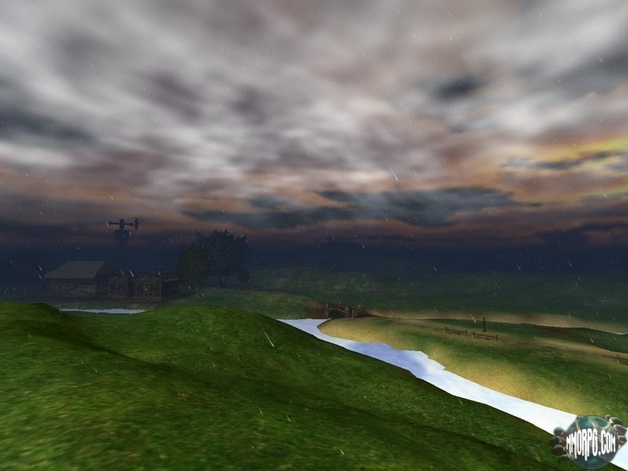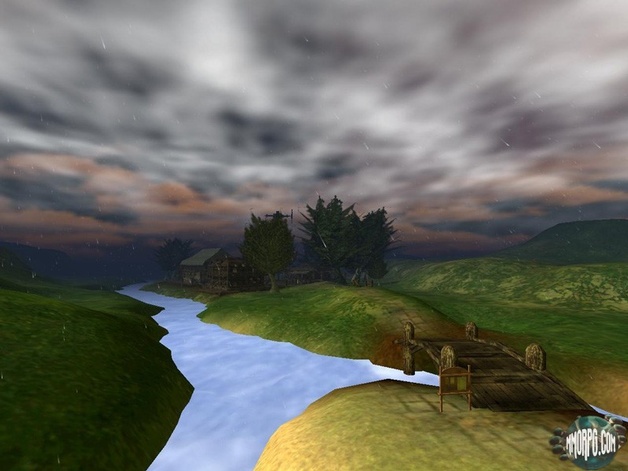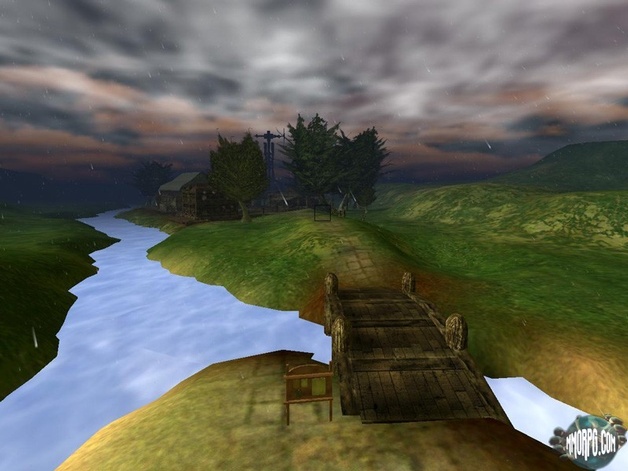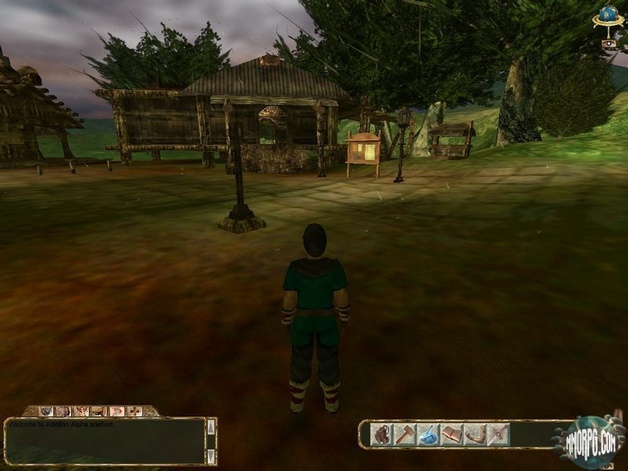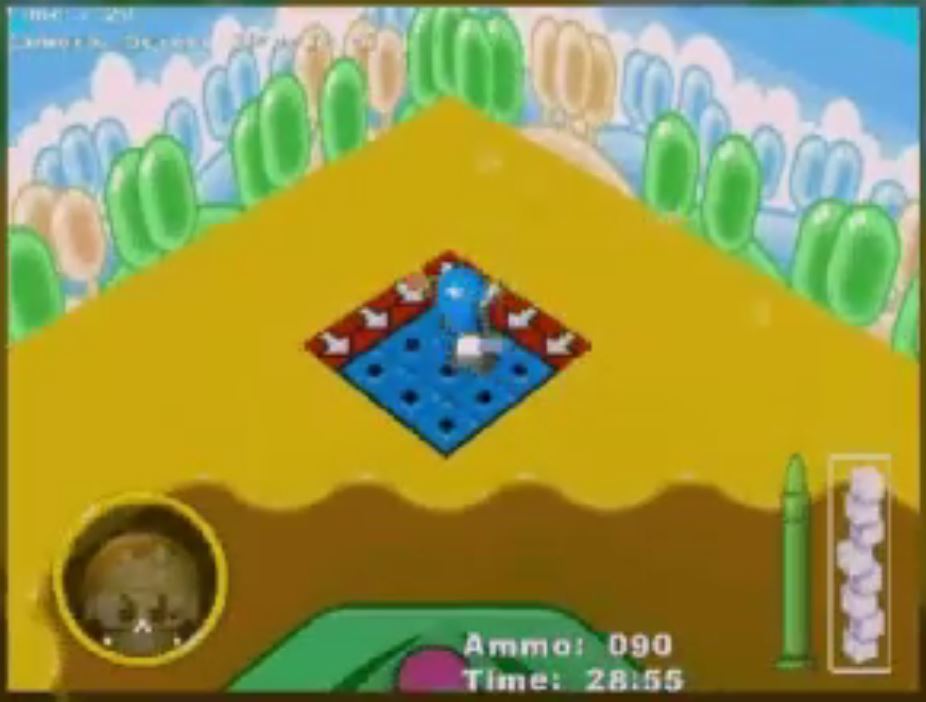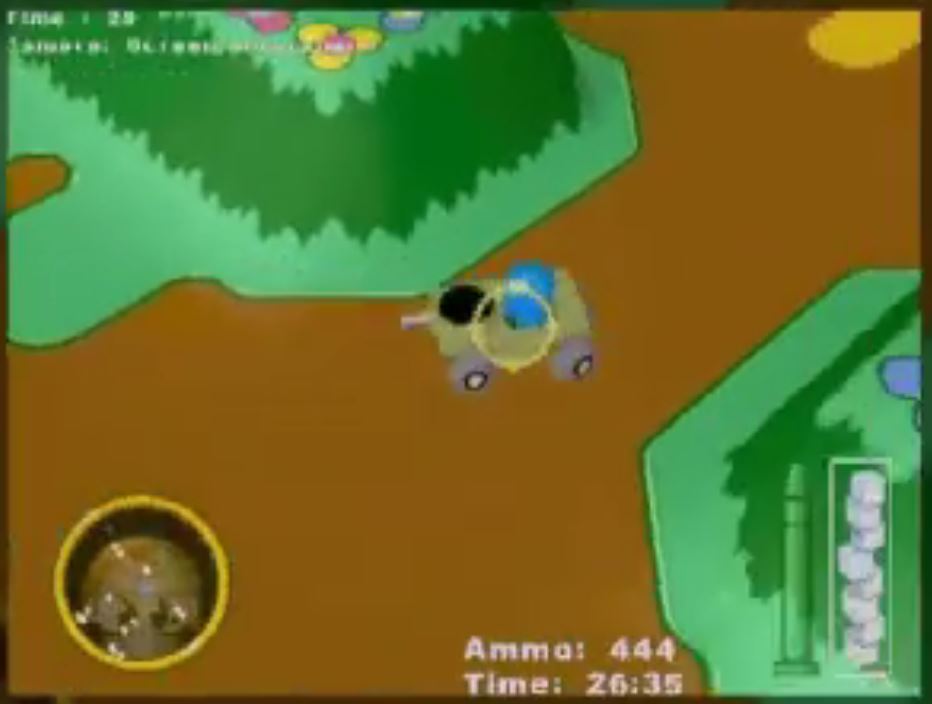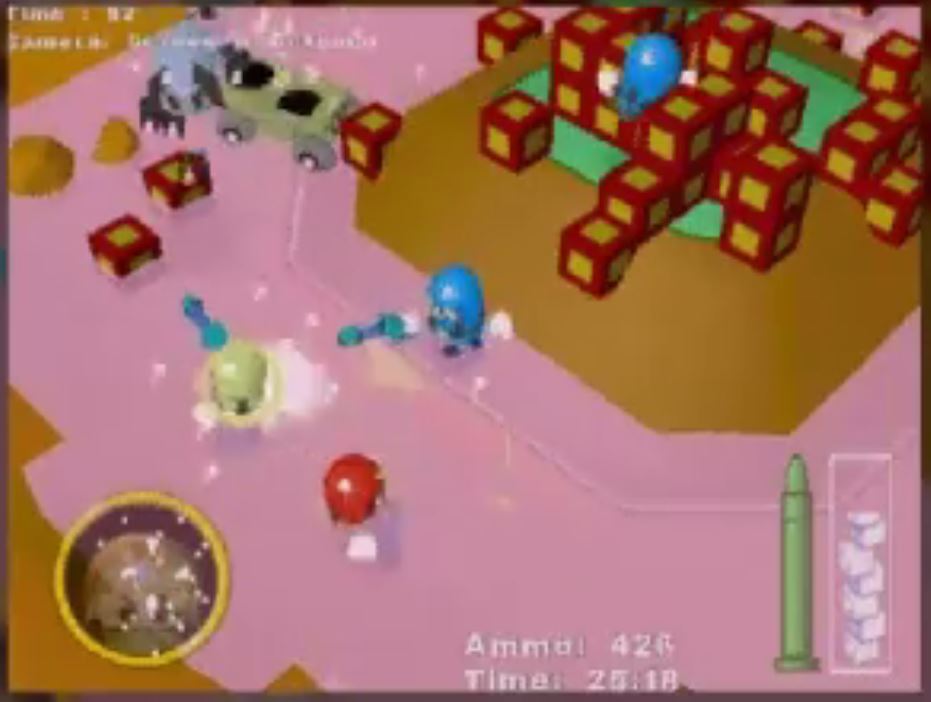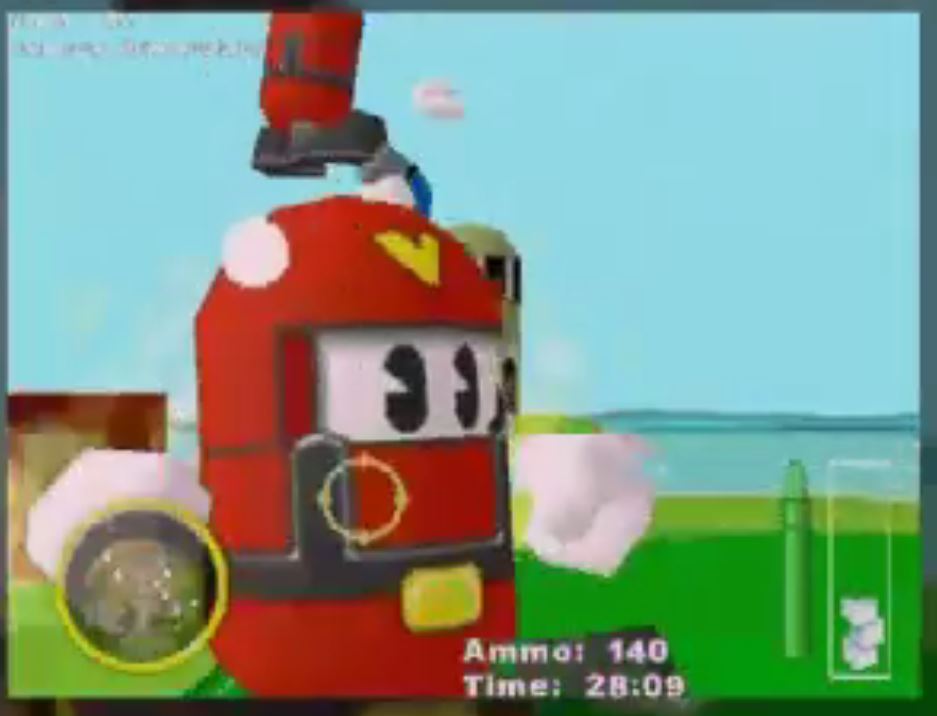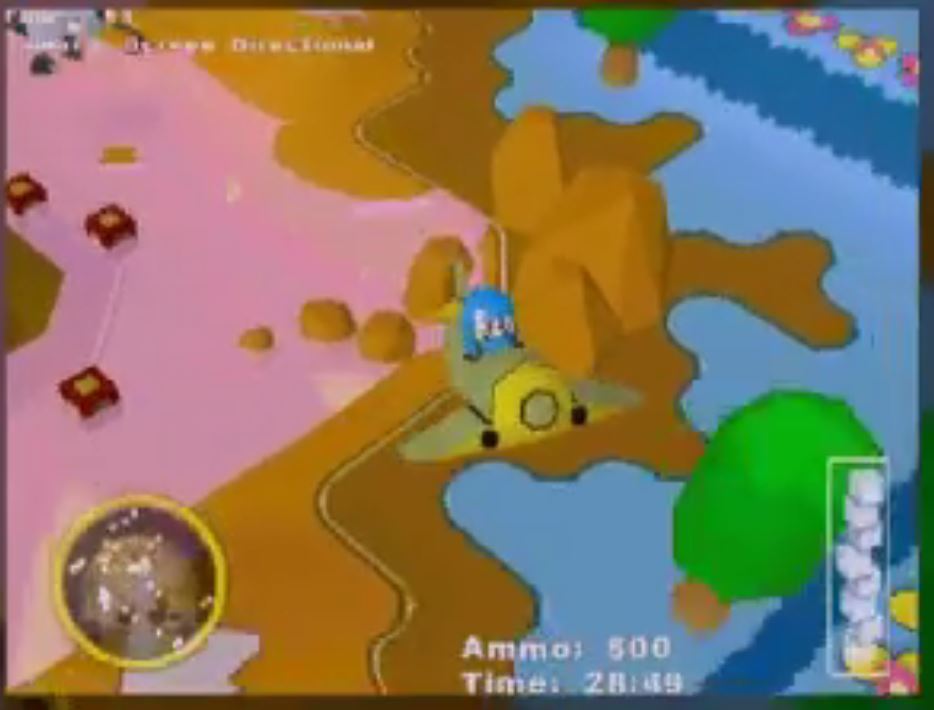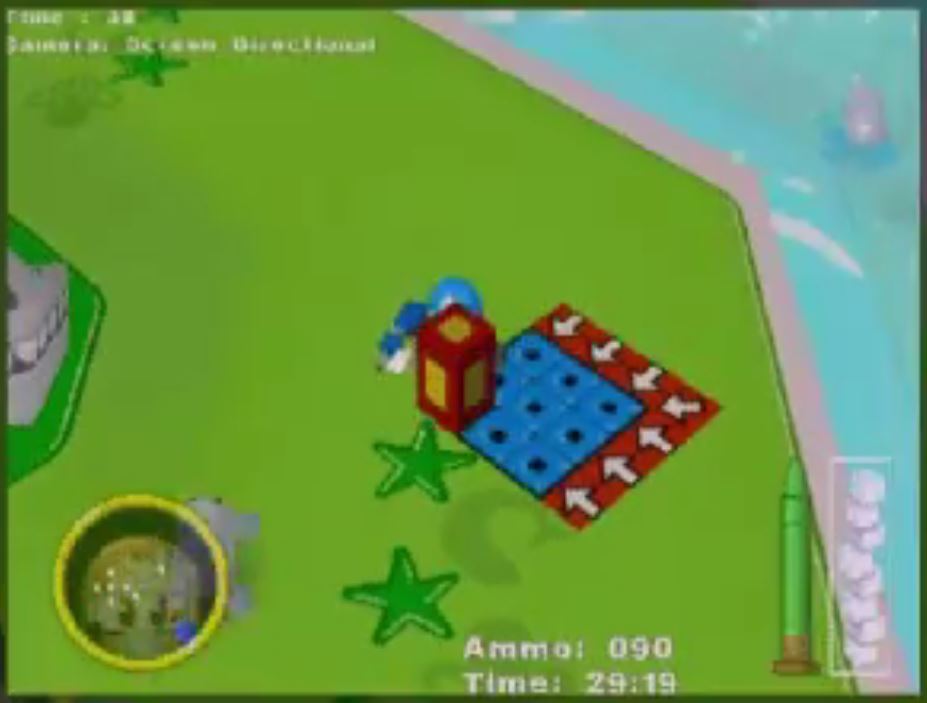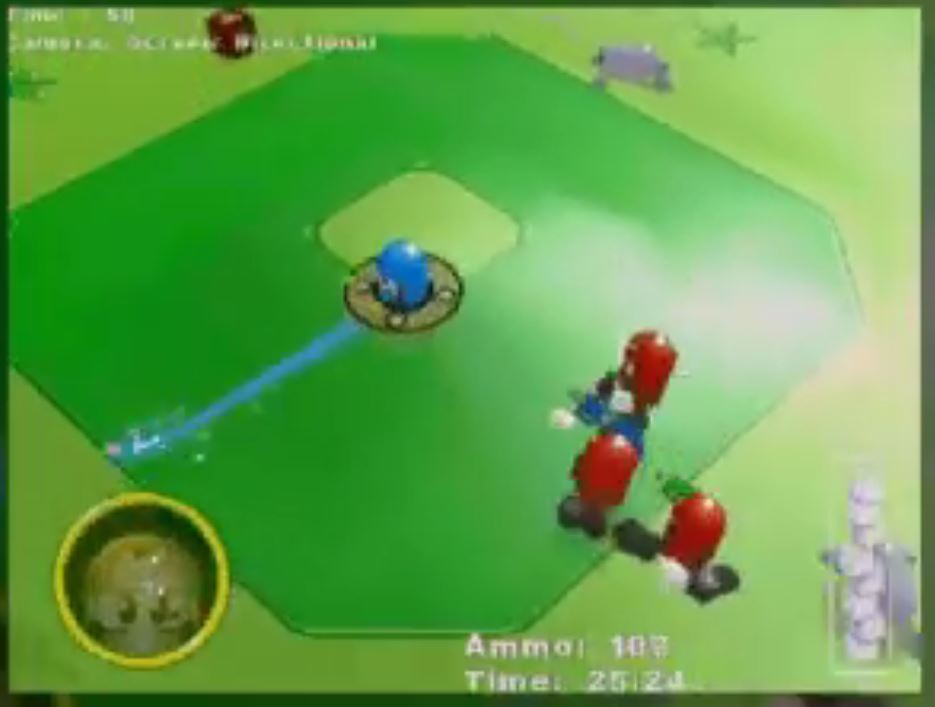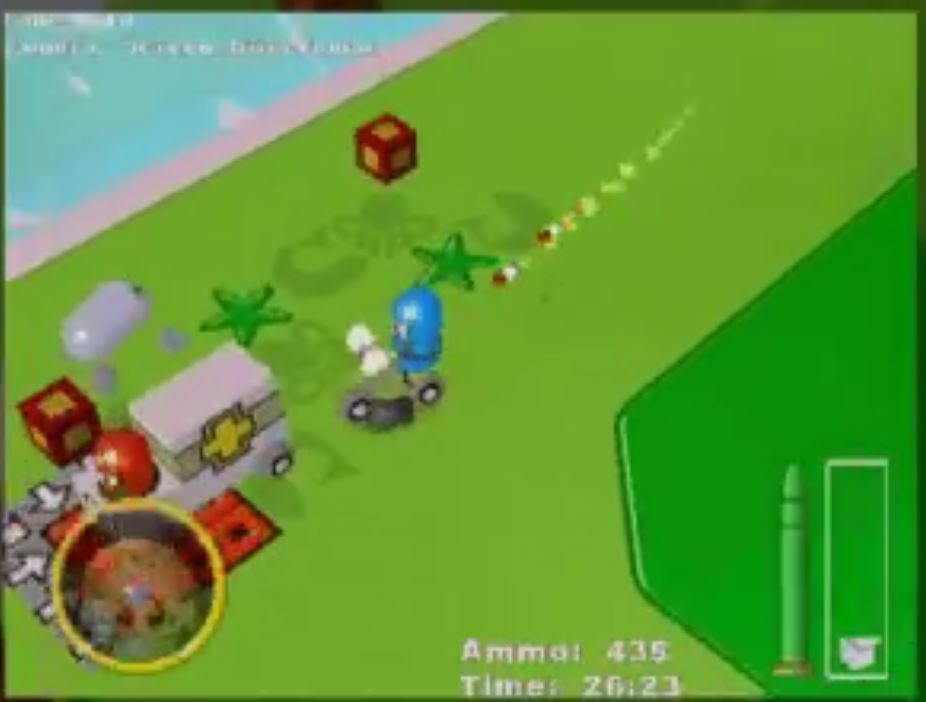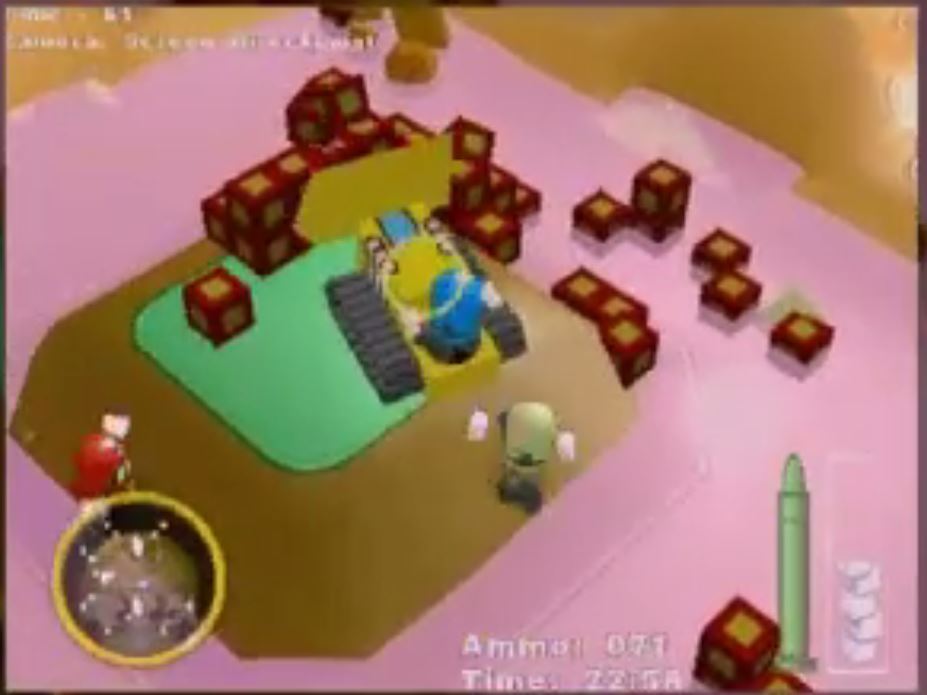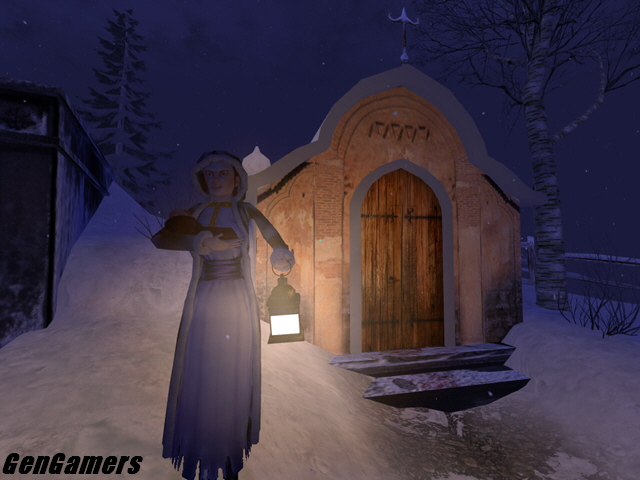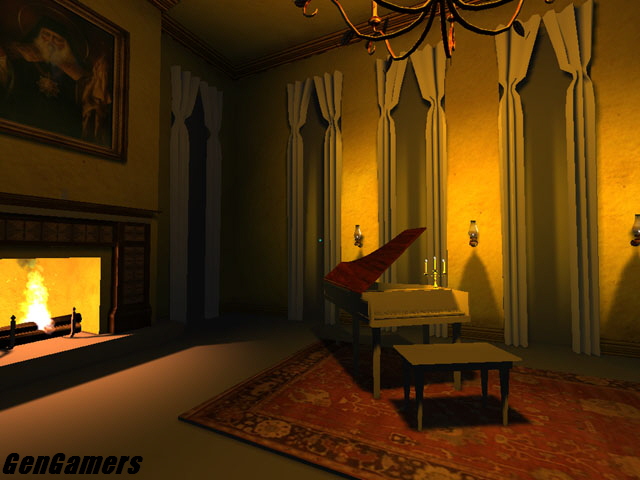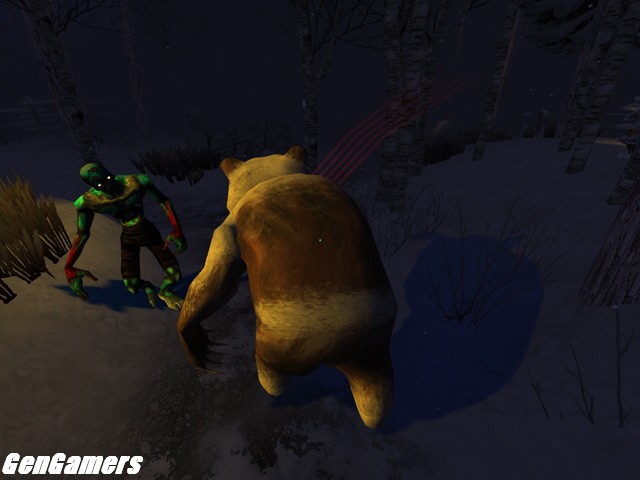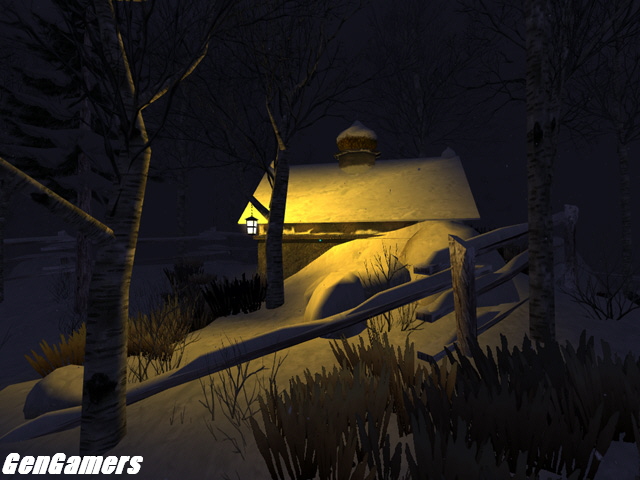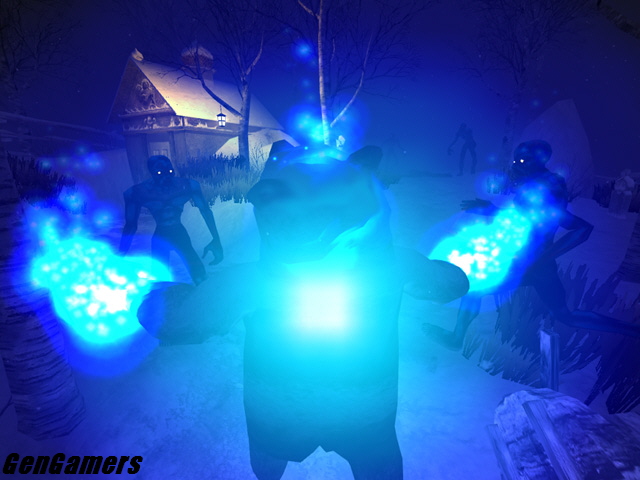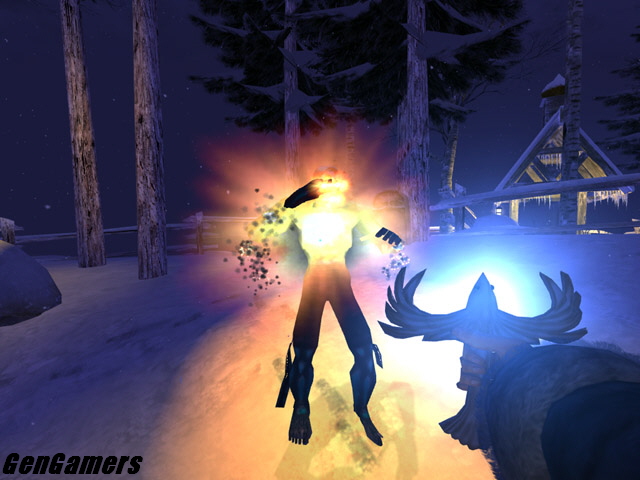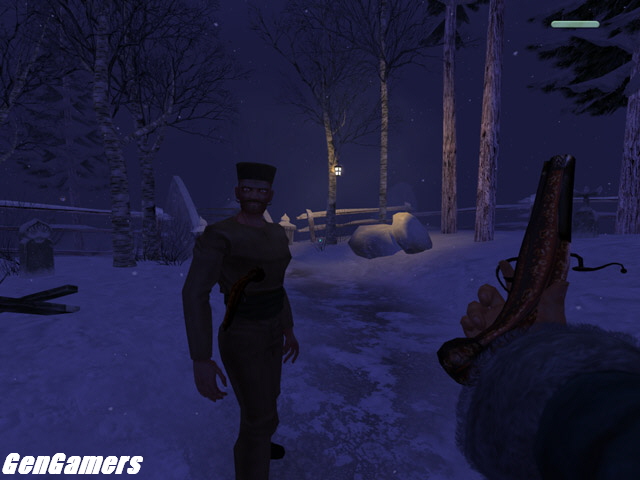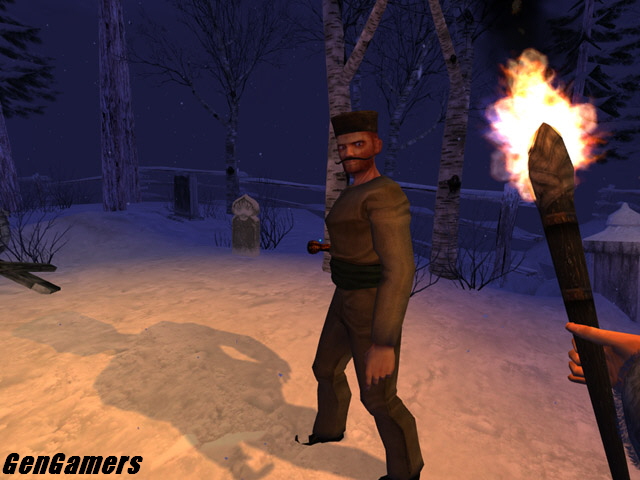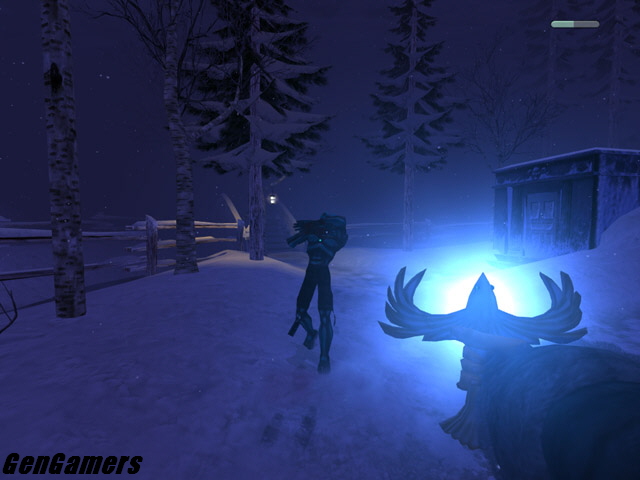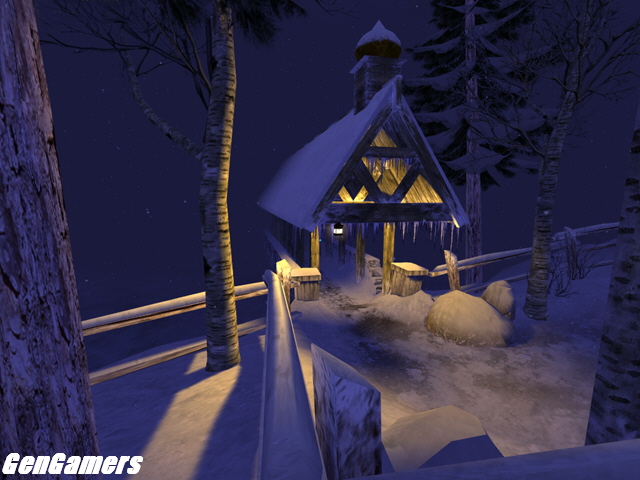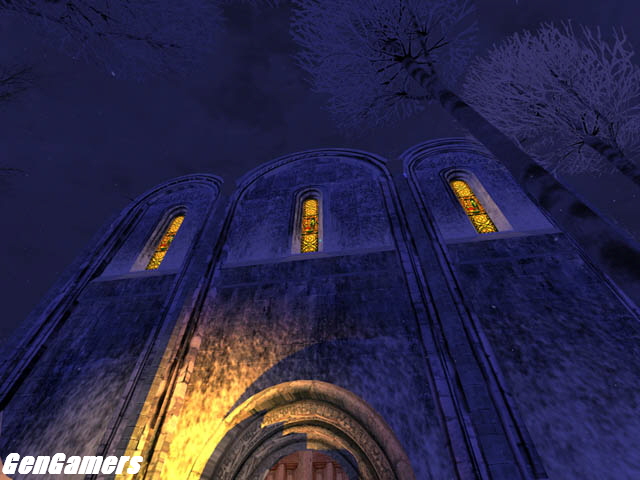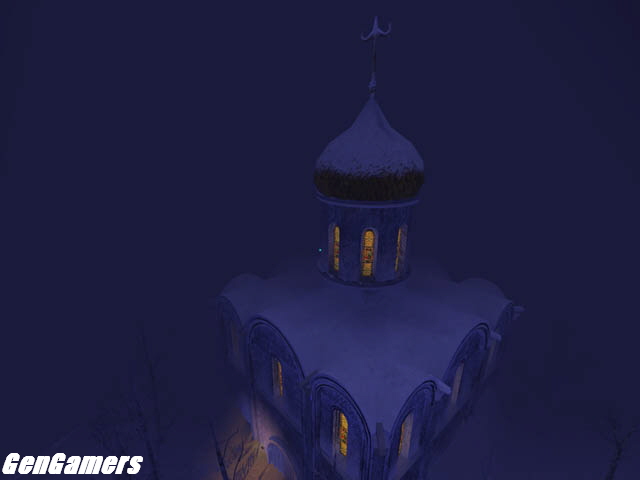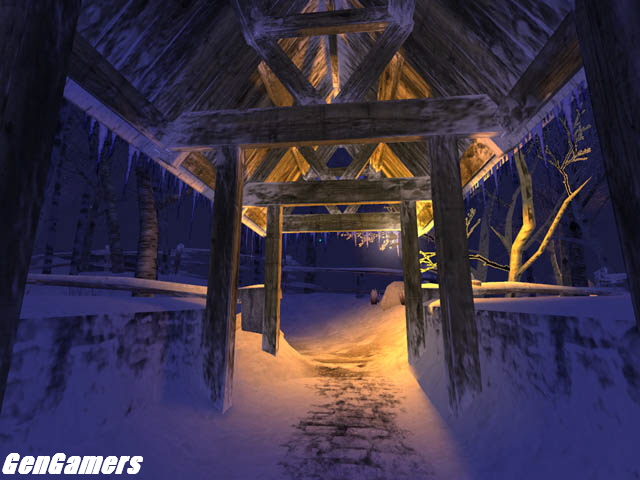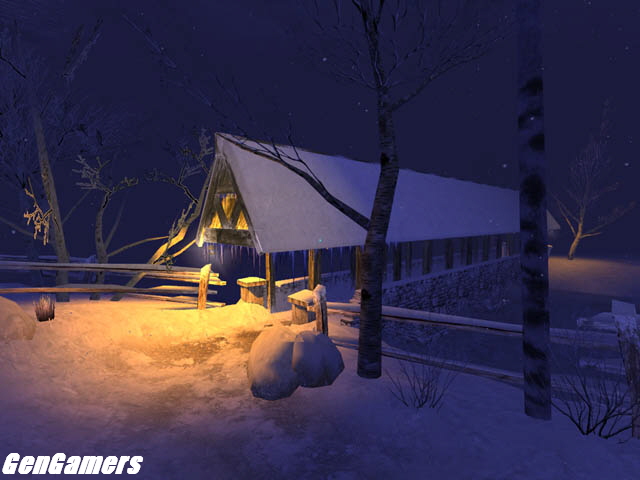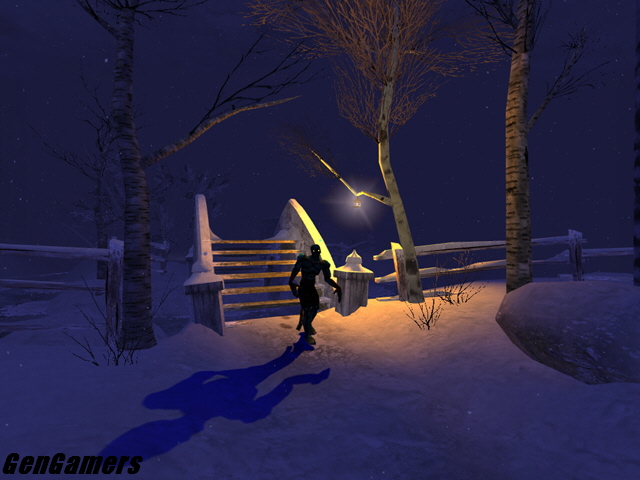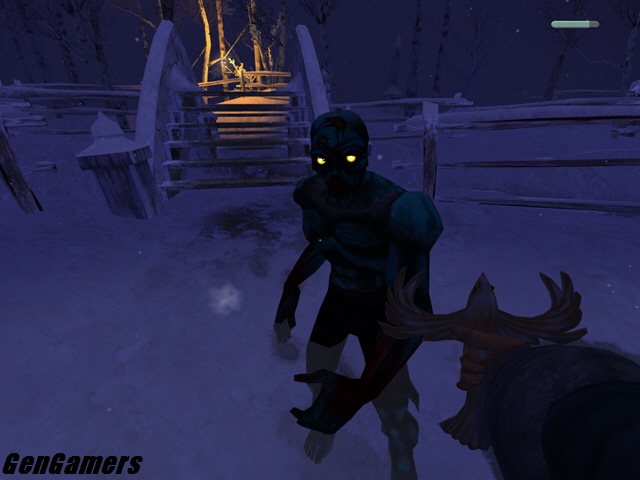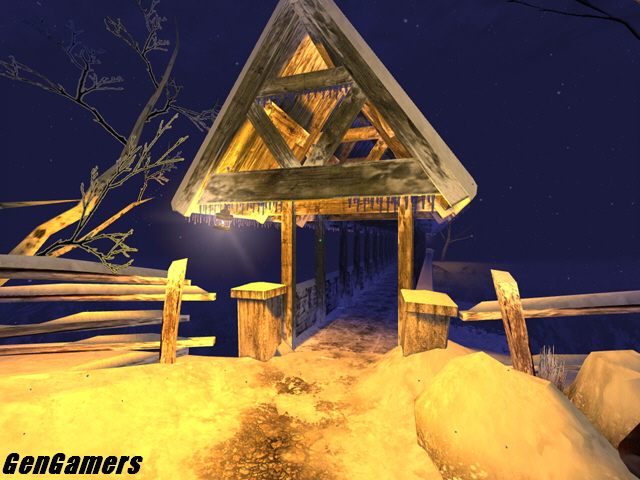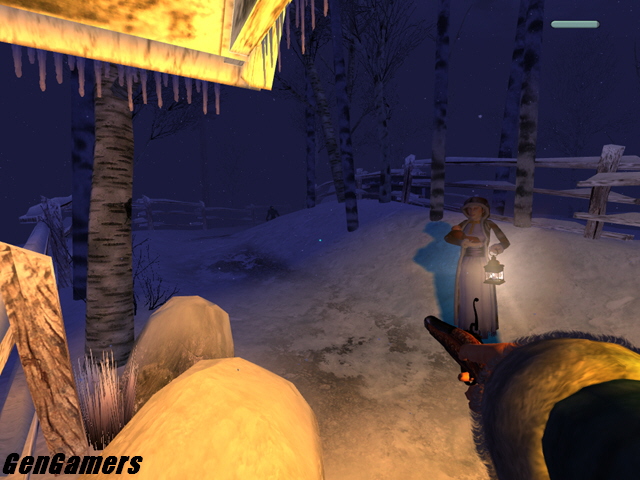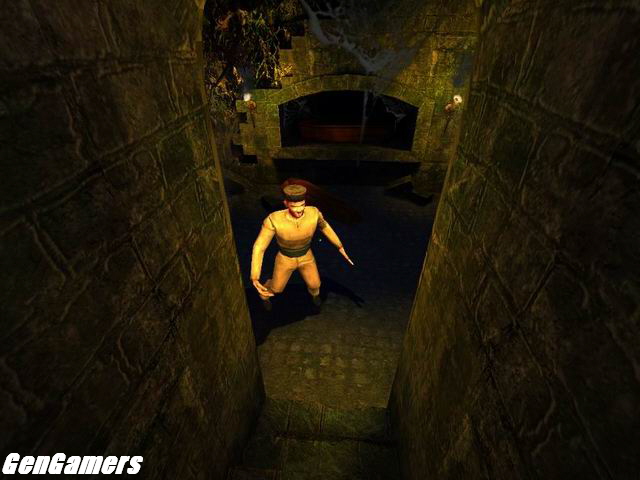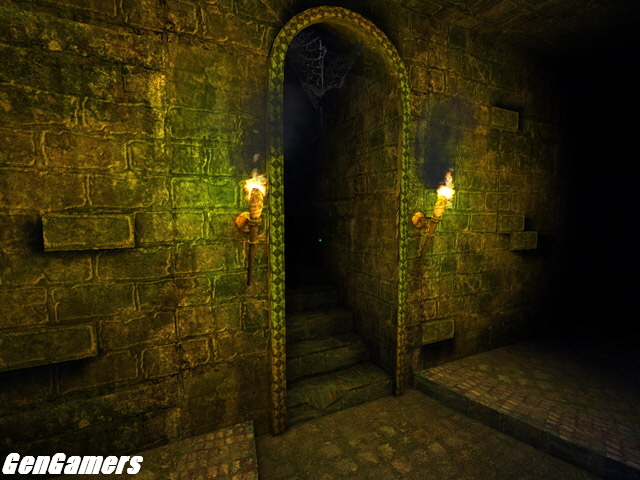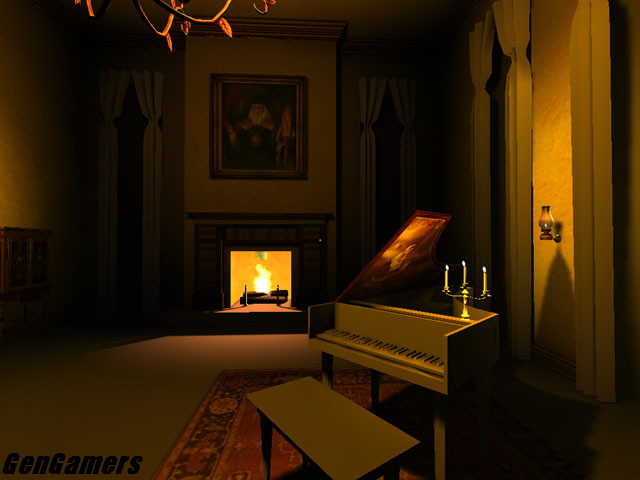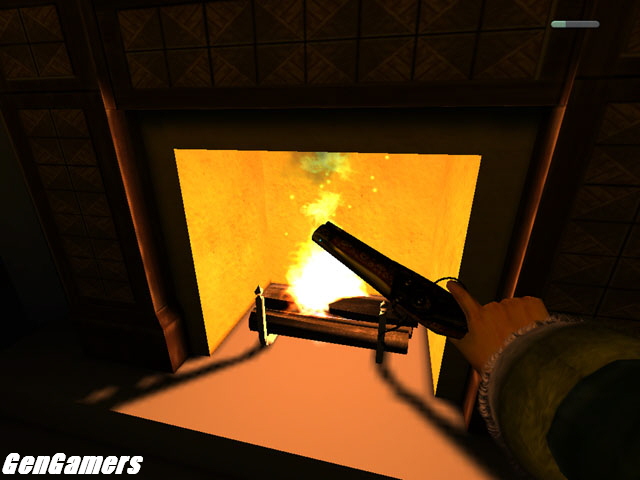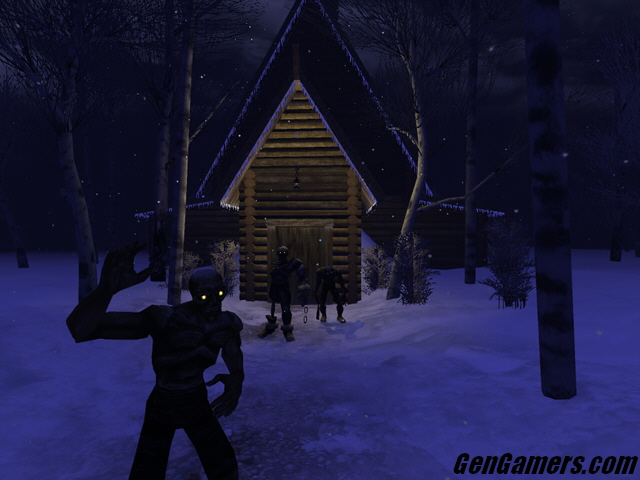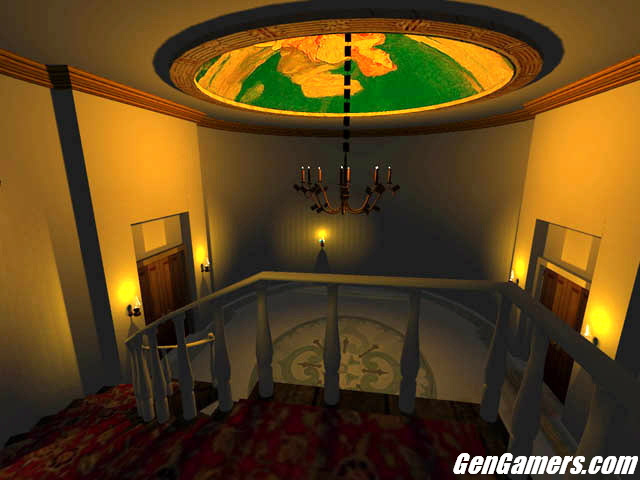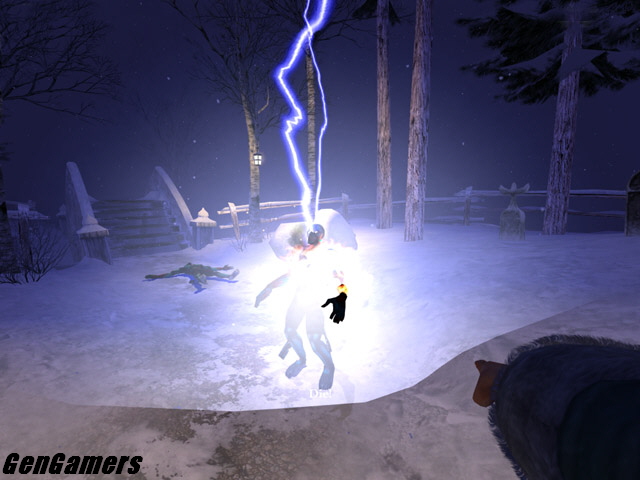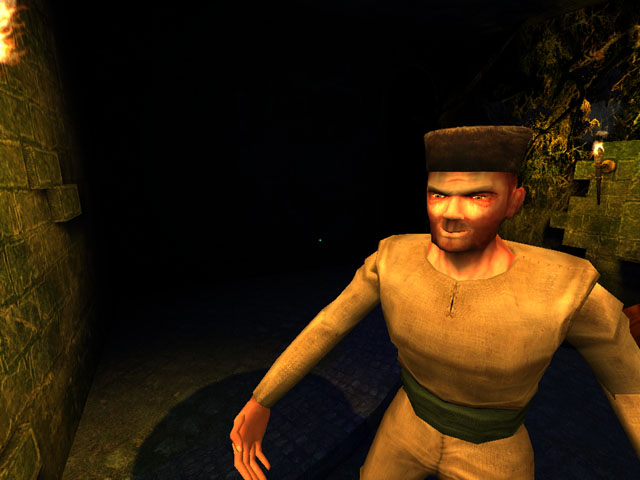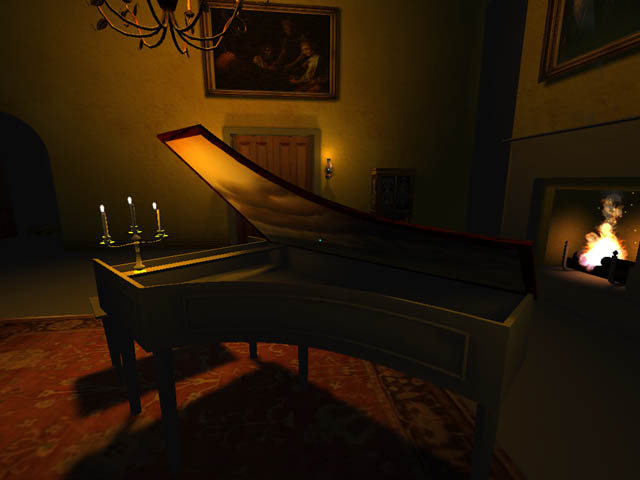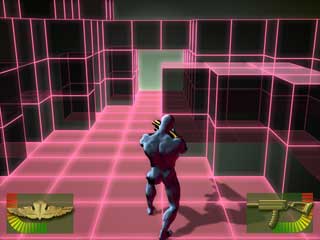3rd World is a cancelled space simulator MMORPG that was in development between 1998 and 2002 by XYZ and and M.U.S.T. Corporation. You could create your own character and start living in this sci-fi virtual world, to survive against other players, trade with space travelers, own space stations or became a space-pirate.
It was quite the ambitious project for its time and for such a small team: you could somehow imagine it as the “Star Citizen” of the late ‘90s. The team promised a huge galaxy to freely explore, populated only by thousand of real players and no NPCs, nor quest or storyline. You could fly from planet to planet with your own spaceship, or land in one of the many space stations where to walk around on foot. The whole experience was based on your interaction with other players and the vast galaxy.
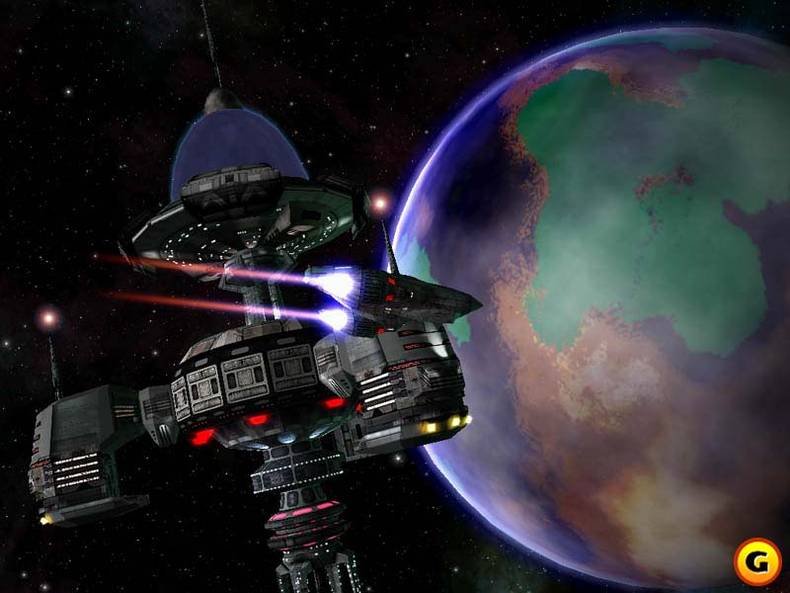
As we can read from their old website:
“3rd World is a space massive multiplayer game system. Based on the legendary Elite concept of space trading and fighting, it extends that idea and adds two more elements to the space SF genre never seen before. Wondering through the space stations and unlimited upgrade possibilities in real-time.
3rd World is a game universe set in space for you to live in, explore, and rule. In many ways different from anything you’ve seen so far, 3rd world will give You the opportunity to live your own parallel life in space. Feel free to do what ever you imagine.
Be a pirate, be a trader, be a businessmen, or be a king. Own your own army, own your own empire, or just be the most famous person in the galaxy. We are presenting you a world where anything would be possible. World with no limits and no rules, but the ones you create. You will be the one who makes deals, the one who sells illegal goods, or the one who is hunting a famous criminal across many star systems. You will lie, steal or kill if it is necessary. Sometimes to save your own life, and sometimes just because it pays well.
There will be a lot for you to discover. Secrets that no one will know. Well covered conspiracies. And for some there will be a path to follow different from a normal space life. Temptations and courage, braveness and loyalty will be your guides on that sacred journey. Is the reword high enough to risk your life for?
Secret societies, secret weapons, powerful corporations, powerful people, the good side, the bad side. Conflicts are unavoidable. Be prepared for a whole new gaming experience!”
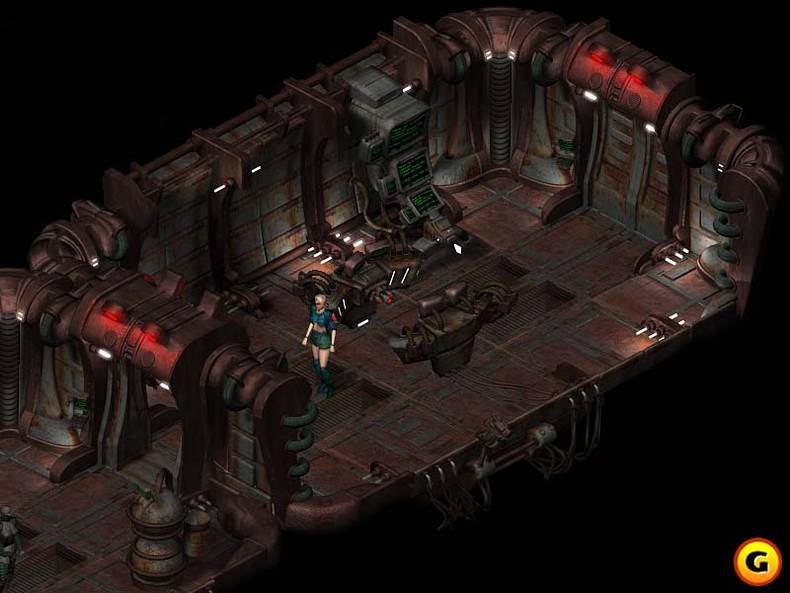
In 2000 IGN had an interview with Vitomir Jevremovic, project manager for 3rd World, with many details about their vision for 3rd World:
IGNPC: What is the basic concept of the game?
Vitomir Jevremovic: Space massive multiplayer. It is not a game in any common sense; it is more of an on-line world of future. The players will be given liberty and freedom of choice they could not even dream of until now. There will be a preformed world with a set of highly liberal rules. Everything else is permitted. Quests and Clans will appear over time as a natural consequence of playing ¿ the players will start communicating and forming alliances on their own, all we will give them will be the tools to do it as quick and as easy as possible. Only their personal or professional needs will make them take up quests. If a player hears about an interesting object or person he can try to find it ¿ just like he would in real life.
IGNPC: Will there be any features present in most games, like a storyline, or any kind of an elaborate plot?
Vitomir Jevremovic: No. No linear or non-linear storylines. No predefined systems of Quests. We are creating a world and not a Quests&Hacks&Slashes engine. NO LIMITS.
IGNPC: So, what is going on in this world?
Vitomir Jevremovic: People live, trade, smuggle, buccaneer, communicate, lie and fight… anything you want.
IGNPC: How do you intend to contribute to the future of this world?
Vitomir Jevremovic: That is a big question and the essence of our story. We cannot be too specific about it because of the revolutionary technology we are currently developing. Let us just say that it should never grow outdated because it will keep expanding ¿ the players will have absolute liberty to upgrade anything at all, from pistols to battleships. We will also constantly introduce novelties so that there will always be something to do. Some of the most zealous players will be able to take part in very important and secret events of that world.
IGNPC: So there will be a special part of the game taking place on space stations?
Vitomir Jevremovic: Yes! The players will drive their ships about space and control their characters when in space stations. This is where most direct player communication will take place; where players meet face-to-face. I wouldn’t like to go into more detail about this but I guarantee you will be ecstatic.
IGNPC: Will players be able to own space stations?
Vitomir Jevremovic: Of course… the stations will be a criterion of power because they are the main business and trade centers. We intend to let actual players take over all the space stations in later stadiums of the game. Owning a station will mean dominance in that sector. And I do not have to tell you what happens when two large estate owners start fighting over trade lines for the neighboring sector.
IGNPC: Finally, how long have you been working on the project, what is its current stage of development and how long will it be before it invades the net?
Vitomir Jevremovic: We have spent the last year working actively on the project, and the concept had been developed two years before that. We are currently about half way through, but all the major work about the engine technology has already been done. We plan on having closed beta testing by the end of this summer, and as for any public testing, that will depend on the performance of the first beta.
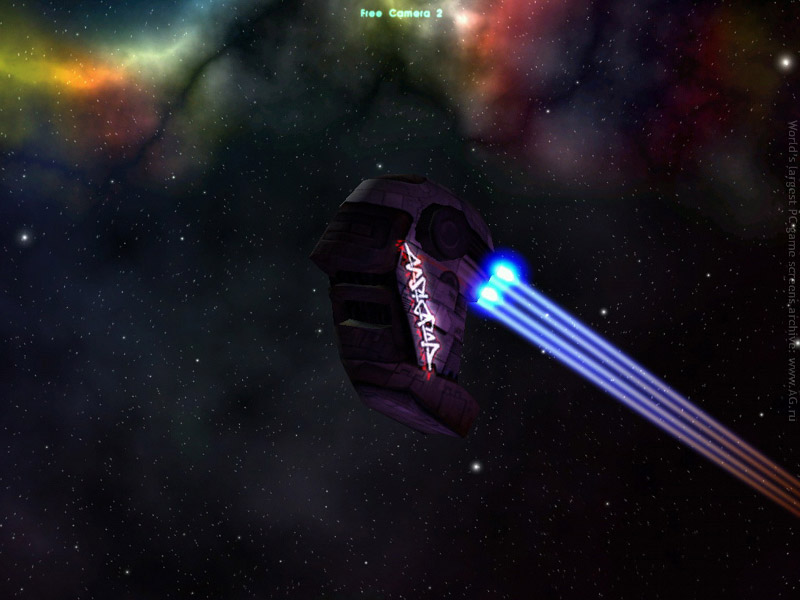
More details can also by found in another interview published by Gamespot:
GameSpot: Can you tell us a little about the development team working on 3rd World?
Vitomir Jevremovic: XYZ is a game development studio currently working only on 3rd World. There are members of the team that have already done a few game projects, while some of our people are, for the first time, active in the game industry.
GS: What inspired the team to make a space-themed massively multiplayer RPG?
VJ: There are a couple of different reasons why we are doing an online space RPG. […] the fact that there are no real MMORPG [games] yet. Yes, we have EQ, UO, and AC, but all these games are concentrated around NPCs, and player-vs.-player interaction is down to a minimum. There is also the fact that every new MMORPG in development is still following this basic design (although there are some attempts to allow more PVP conflicts).
We believe this is not a good thing for the next generation of MMORPG games, so we are going with one very different design approach. We will not have any NPCs in the game, we will not have any in-game quests, and we will allow almost unlimited possibilities for our players (that fit inside the gameworld, of course). This will allow players to completely organize their own way of living in the gameworld.
This is a big risk and a very different approach from anything seen so far in the MMORPG genre. We find this risky because human nature is very unpredictable, and this game will be based on human nature, so anything can happen. And this is the real reason why we are doing this game: Because we always wanted to play a game like this.
GS: The only time players actually get to control their player characters directly is when they’re in space stations, and 3rd World switches to an isometric perspective. What can players do while they’re in space stations?
VJ: Space stations are main centers for player-to-player direct interactions. Inside, you will be able to chat with other players, make business arrangements, rent a room, relax in a local bar, trade with the station or with other players. You can also buy or sell additional equipment for [your character] or for your ship.
We will later introduce even more possibilities for this in-station play and allow players many more gameplay options. Things like inserting an old-school arcade machine in a bar so players can compete for high scores. We also have plans for specific galactic pets. Then later we will make arenas for illegal (or legal) pet fights.
GS: How is death dealt with? Do players lose money, experience, or items?
VJ: Yes, players will lose everything that they have on them in the moment of death. Plus, they will lose experience points and possibly even some skill points.
There will be many different ways to die in 3rd World. The way you die determines how many experience and skill points you lose. Here are a few examples of different deaths: You die during a space fight you started; you die in a space fight you didn’t start; you die in a station fight; you die from a bomb placed in your room on a station while you were asleep; you die on a station, which was destroyed in the attack when you were not online at all.
These are just a few examples. Precise figures on this will be determined through the beta phase, as we don’t want to ruin the gameplay by taking from players more than they deserve. There will also be some insurance, so players can get some money for what they have lost.
VJ: Players will be able to carry all sorts of items. From small button-sized implants, equipment, or keycards to big two-handed weapons.
The inventory system will be very detailed and will have options for putting your items in different pockets or bags that your character has. This is very important because thieves will have to go for a specific pocket, and they can get only what is stored inside that specific pocket.
GS: How do skills like hacking come into play when players are on stations? Will they be able to hack into security systems to enter new areas in the station?
VJ: Yes. It looks like a big number of players will be interested in hacking skills. There will not be many hackers inside the 3rd World universe. Hacking skills will be one of the most hard-to-get [skills in the game]. As hackers are attacking many security systems and, in that way, are threatening the lives of many, many players inside a station, they are considered very dangerous. No station owner will be interested in having a hacker around his or her station, so being a hacker is not a pleasant thing at all but can have a lot of possibilities.
GS: Do planets factor into 3rd World’s gameplay at all?
VJ: Yes, they factor in a lot. Planets are the main suppliers and consumers of all the goods that are traded throughout the galaxy. Some specific materials will be produced only from raw materials from specific planets, much like the situation with “spice” in Dune. These planets will become centers of galactic conflicts, and owners of stations that surround that planet will have a lot of worries on their heads.
GS: When do you expect the game to be complete?
VJ: Somewhere in 2002. The precise date depends on a future publisher and the quantity of materials that should be included in the final release. Looking from our point of view, the game will be fully operational even with the basic set of modules, a few ships, and a couple of stations.
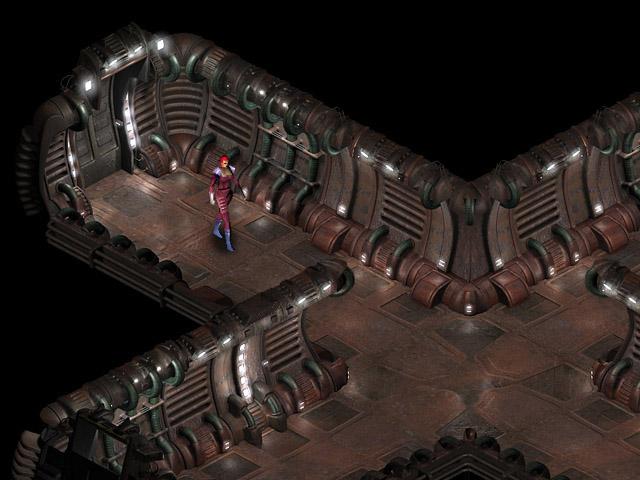
Even Eurogamer had a preview for the game in late 2000, then another article by AG.ru in 2001, but after that 3rd World vanished forever with no official statement. Their latest update on their website was posted in 2002, reading:
“It has been some time since our last update. Many fans and community members have been writing emails, asking what is happening with 3rd World and why we are short on news and releases on our official site.
As we have explained in our open letter to community, developing a game like 3rd World is a very hard task. We have been in a difficult situation for a long time, and we feel that community support in these tough moments was the greatest encouragement for all.
Because of this, we plan on writing a new design document which will explain in more details our problems and our progress. It will feature details on current state of 3rd World, and story about our main achievements in last couple of months.”
What happened to the project? We can assume an open ended MMORPG was too ambitious for their small team, and were not able to convince a publisher to fund their idea. The XYZ studio collapsed and the game forgotten by everyone.
Images:

